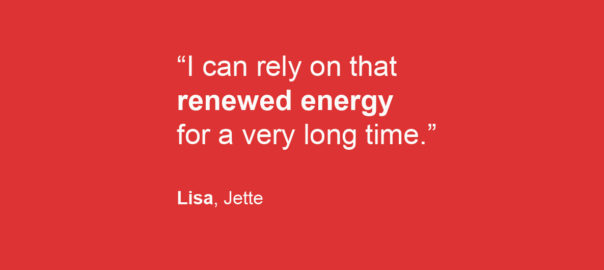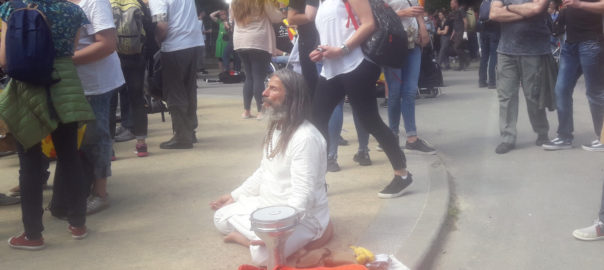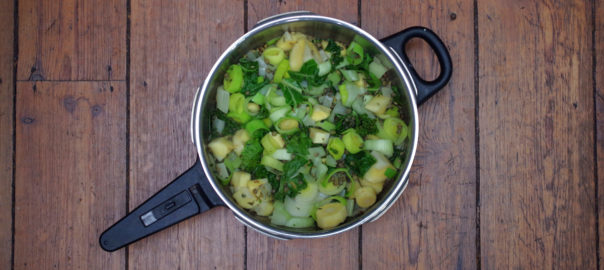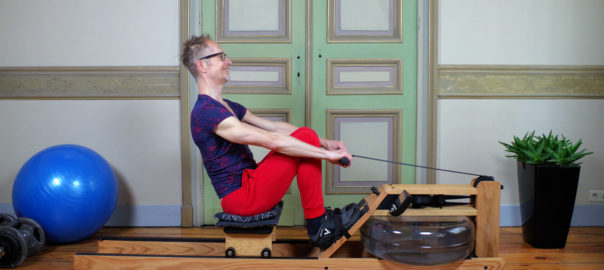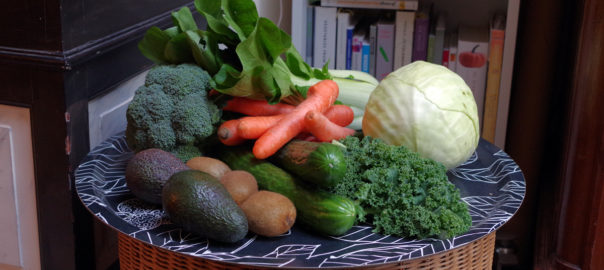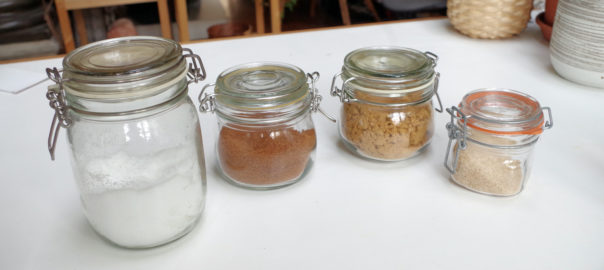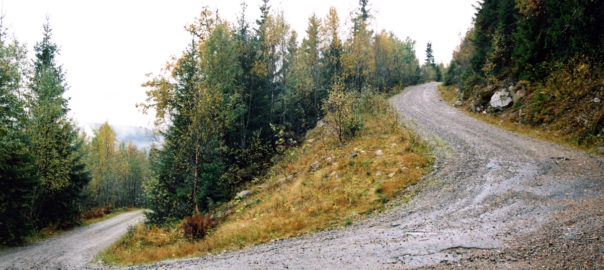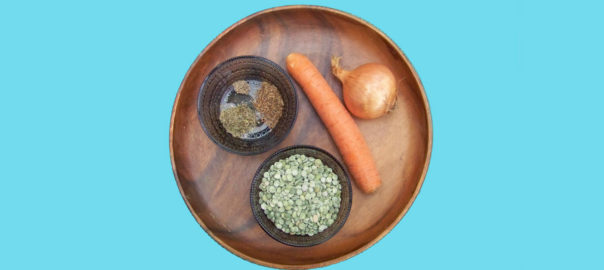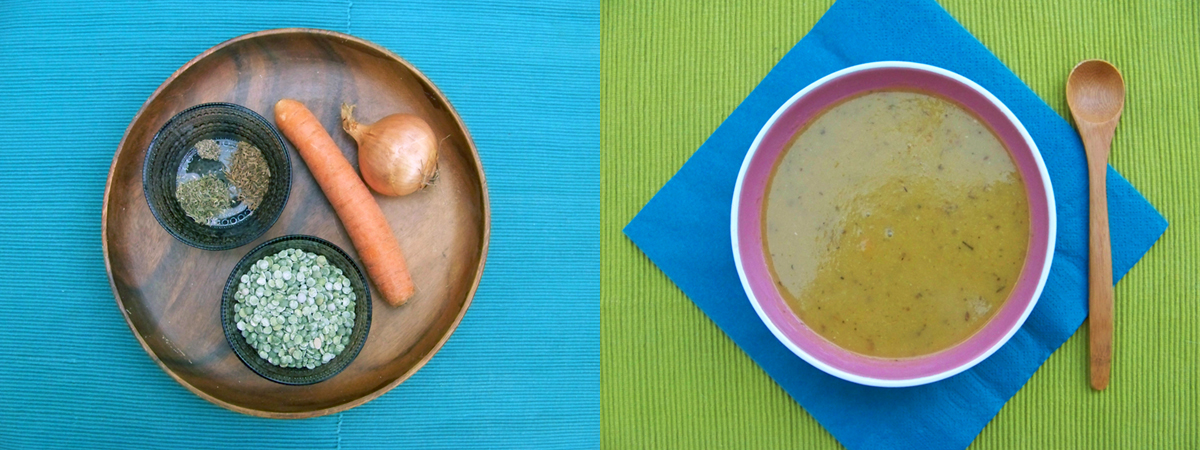1. What is your main reason or motivation for taking yoga classes?
Yoga is for me the way to calm down my body and mind and become much more in tune with each other. It puts the focus more on my body and breathing and I can get rid of all the chitchat in my head. A second reason is of course to achieve more strength, balance and flexibility for my body.
2. What makes you feel motivated to keep following the classes for so long until today?
I’ve been taking the classes for a long time because I find that they really work for me. After one hour of yoga from Peter I feel totally recharged on several levels, both my mind and body are grateful for each class and I can rely on that renewed energy for a very long time. The motivation is there every week and of its own accord. I don’t have to make an effort or convince myself to go to class week after week.
3. Why do you take classes here at Yoga Kitchen, instead of going to another yoga studio ?
.
I have tried several yoga classes / workshops, but have not found what I experience at Yoga Kitchen. Because Peter keeps the focus on your breathing during the whole lesson, you really achieve what you want during a yoga class. Not only to maintain your body/muscles, but also to train your mind not to wander, but to stay with the exercises and your body. The combination of the physical exercises and the mindfulness is a great added value and it really makes these classes complete. What I also like is the structure of the class: the build-up of the class follows a fixed structure so you know what the class will look like and that gives a great deal of peace. On the other hand, we do different types of postures in every class, which means that you do and discover something new every week. The fact that the lesson starts and ends in the same way makes it feel familiar and safe. You also feel that every posture has a purpose and is not just randomly chosen by Peter. He often explains why we move in a certain way, which makes you feel even more involved in the class.
4. What do you particularly appreciate about the yoga classes / approach / atmosphere here at Yoga Kitchen?
Peter is so professional and knows his passion through and through. This is not just another yoga class, here you come for the essence of yoga and you really notice that when you join the class. At Yoga Kitchen Peter has an eye for every participant and even adapts exercises for you if you suffer from an ailment. Everyone is welcome here and can get his advice and tips. He will also come to you and improve your postures, always friendly and careful. This personal way of teaching is top!
5. Are there perhaps purely practical elements that make you choose the yoga classes here?
I lived a few blocks from the studio so I chose it. You can also attend each class online. It’s really good quality and also an added value. For this price you will find nowhere else such good and fine classes!
Thanks for the time you spent on answering these questions Lisa, and see you soon!
Peter

